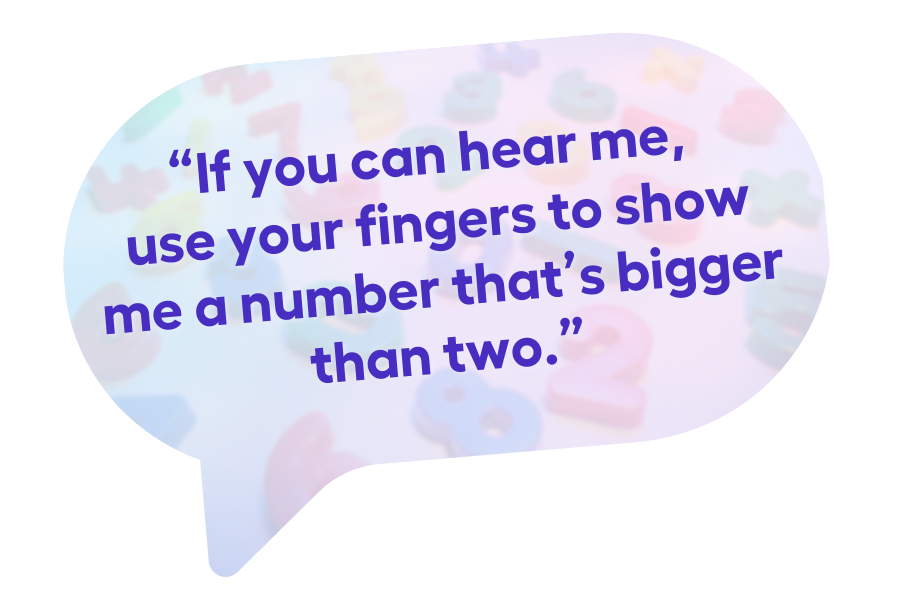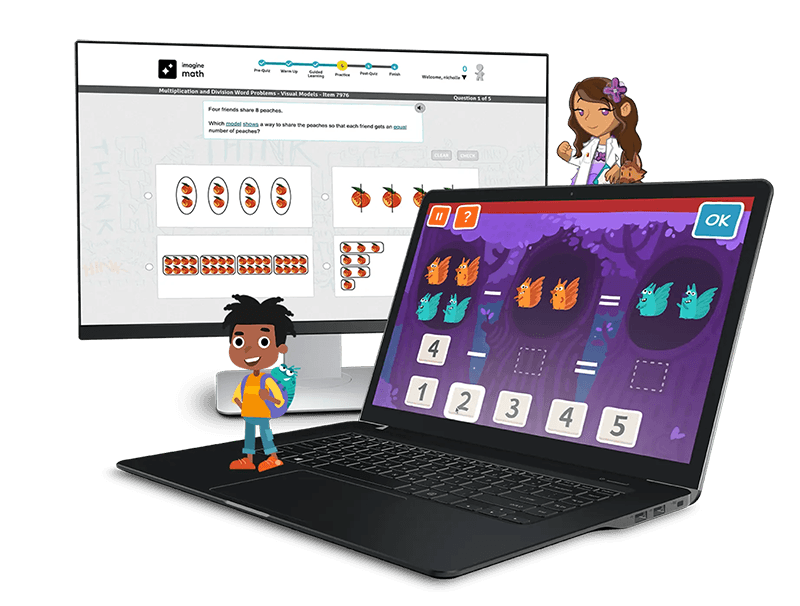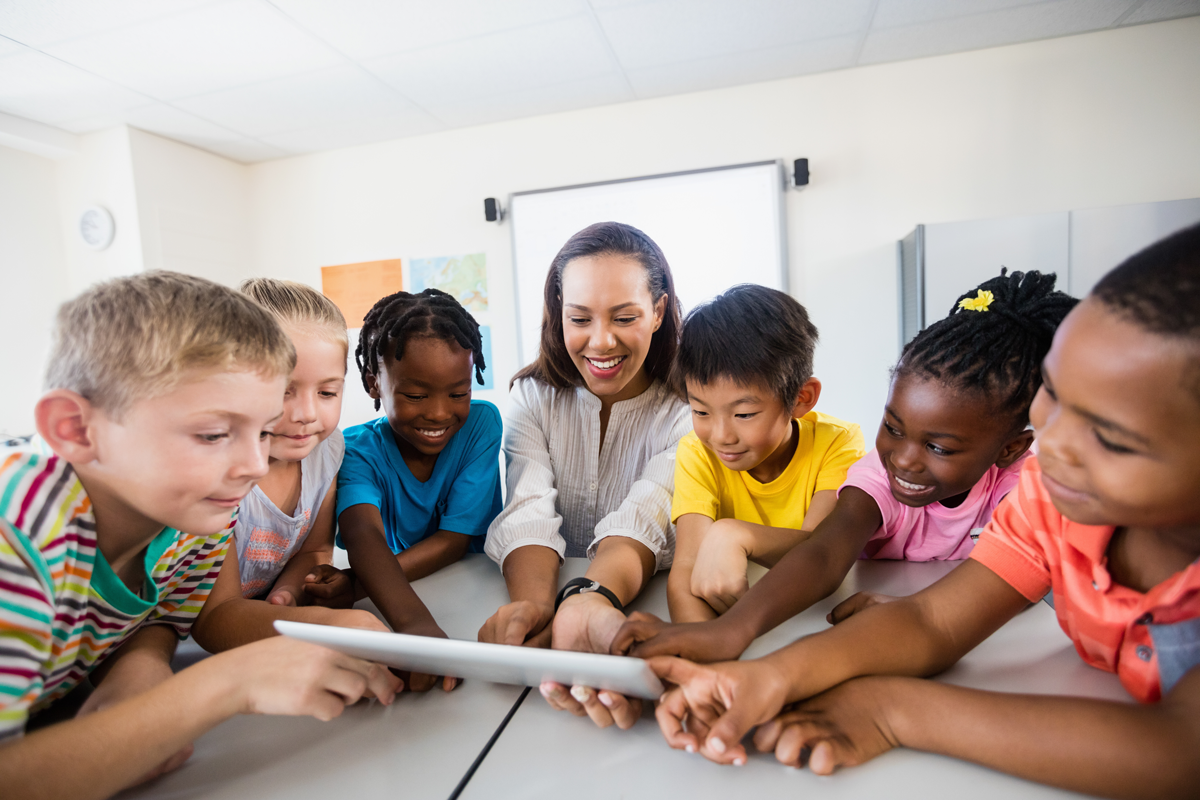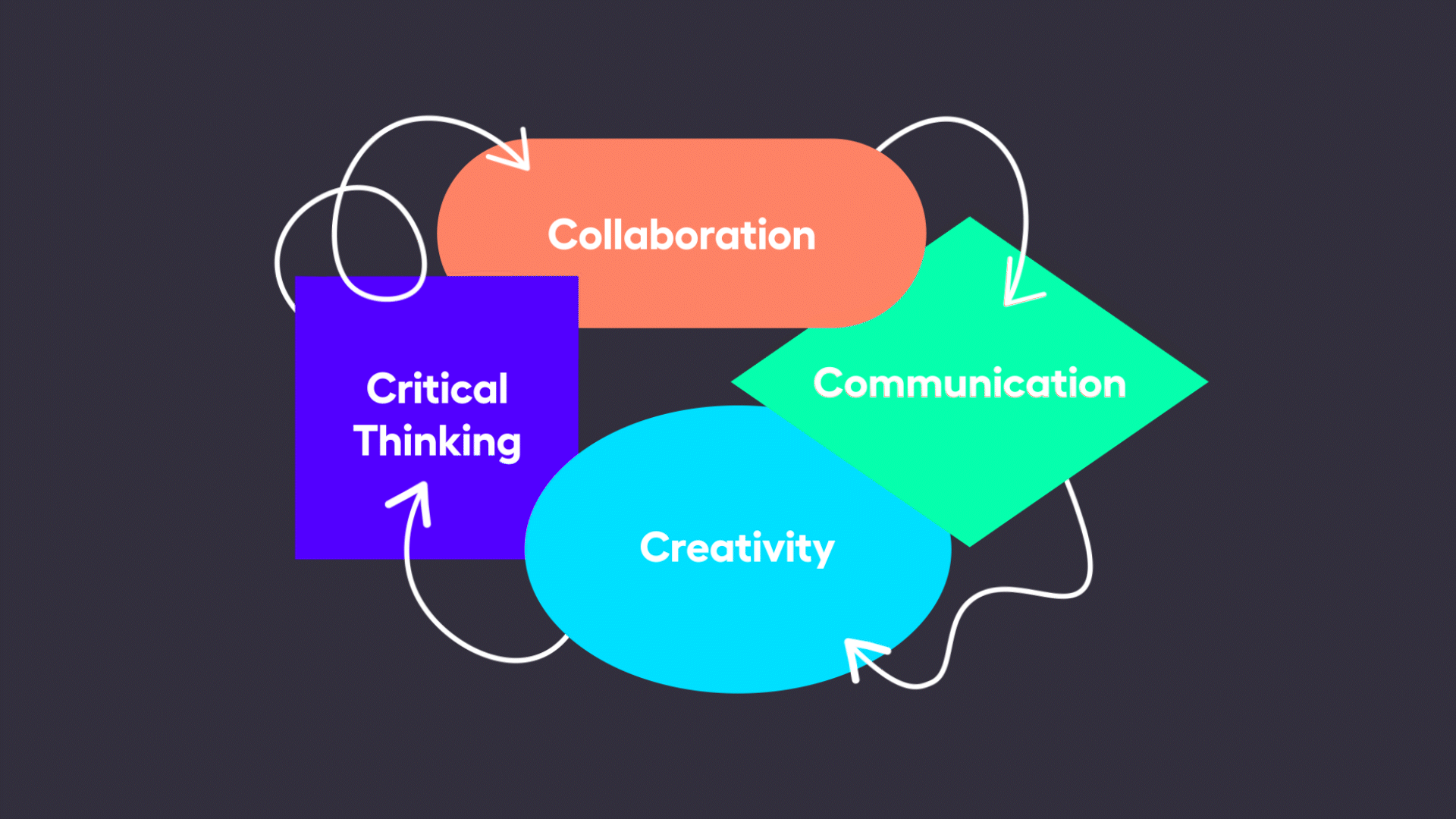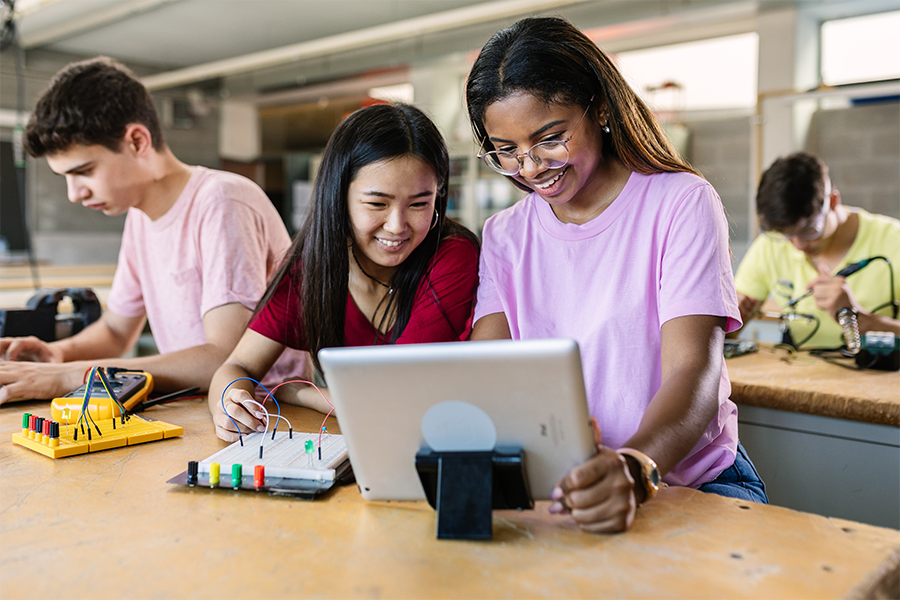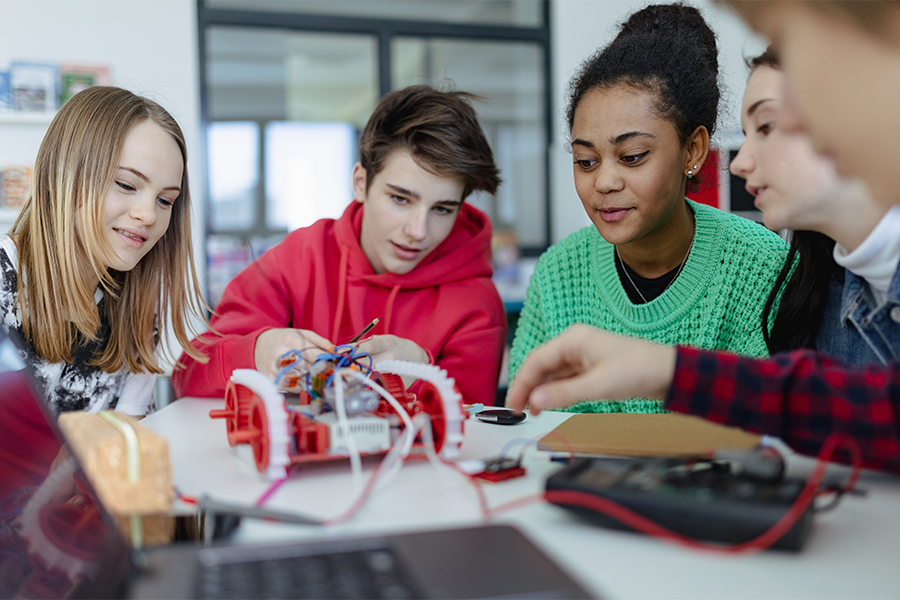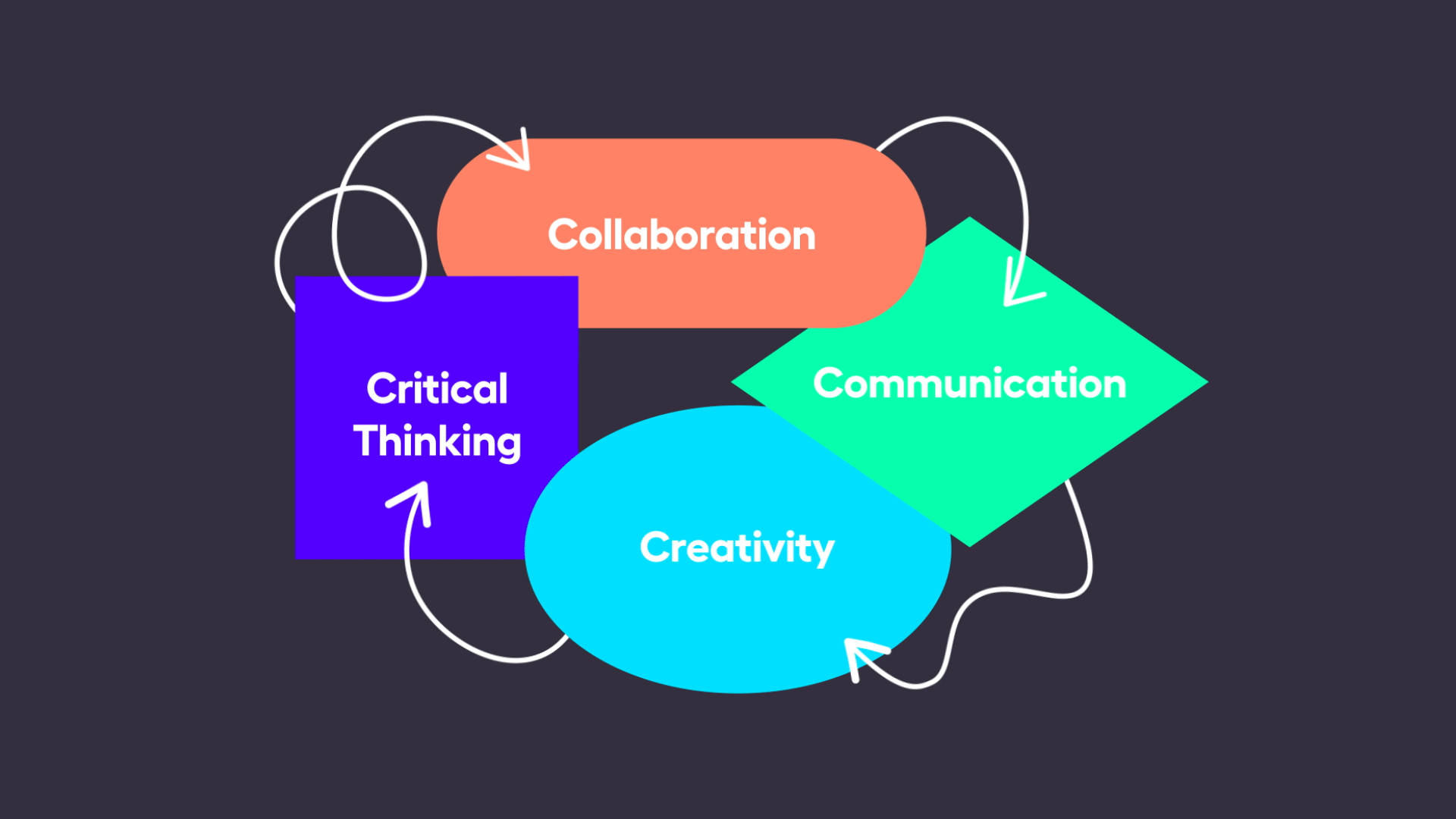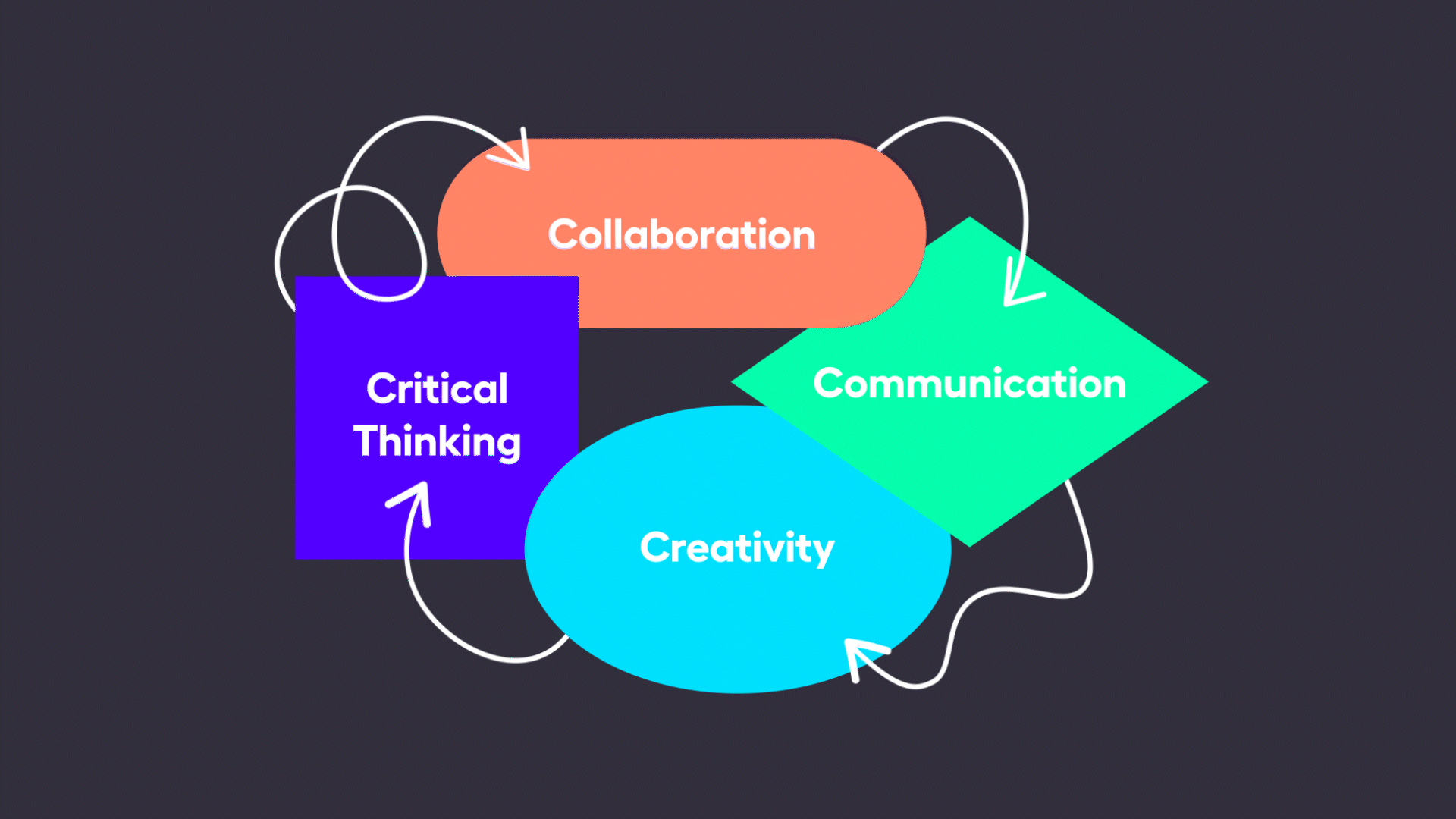August 14, 2025 11:35 am
The Human in the Room
AI, algorithms, and automation all have their places in education, but this back-to-school season, we want to help teachers start the year with irreplaceable human connection.
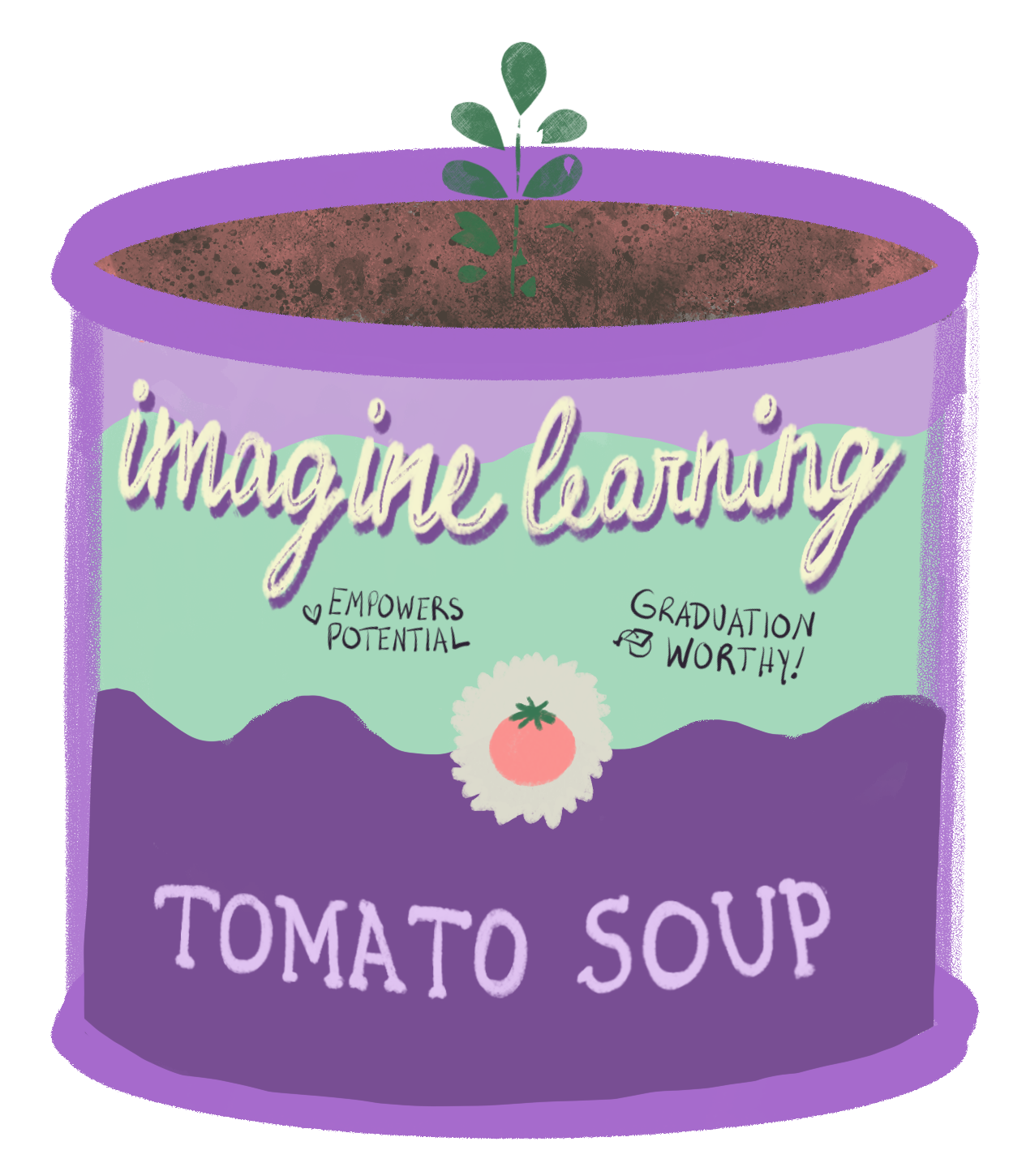
Most students approach back-to-school season as a multifaceted mystery to be solved. The three leading questions tend to be:
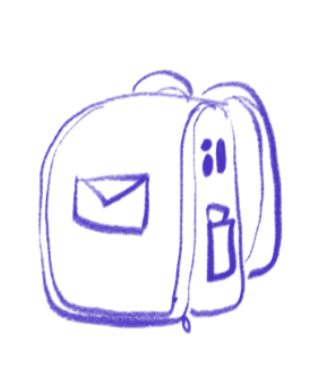
What will I wear on the first day?
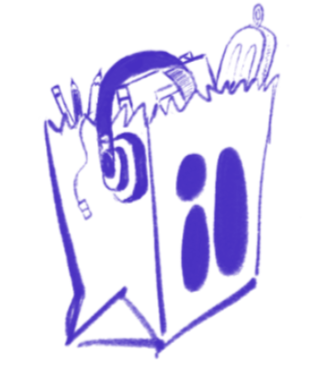
Will any of my friends be in my class(es)?
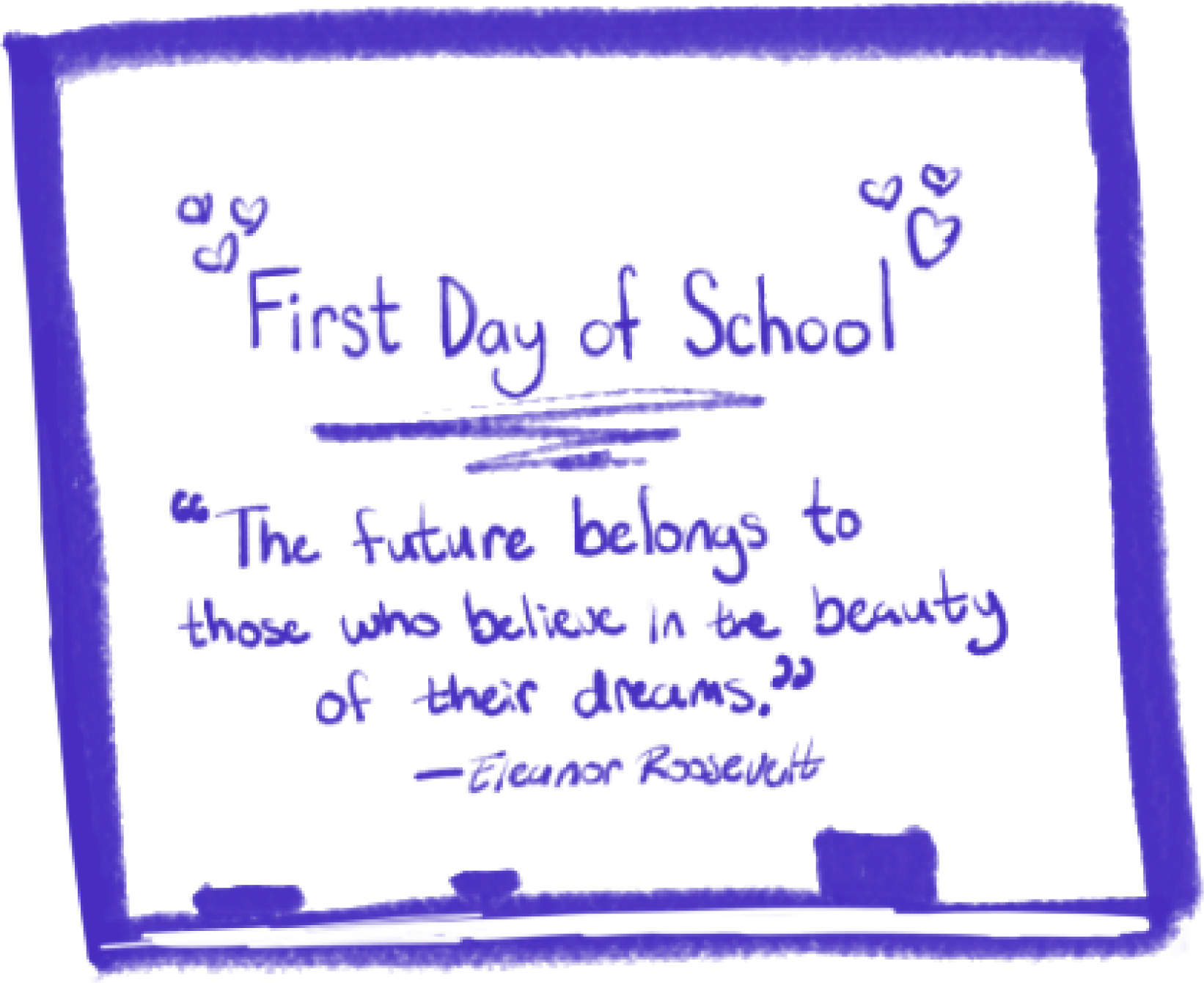
Who will my teacher(s) be?
It’s safe to say the answer to question one is least likely to determine a school year’s success or failure (though some of Gen Z might disagree), while number three is the leading contender for impact. As much as technology has integrated itself into today’s educational environments, students and their families still look to the teacher, the human in the room, to set the tone for the year. It will be the teacher, not any instructional AI, who will make students feel seen, safe, and supported.
Taking the mystery out of “Who is my teacher?” will help you establish a bond with students from day one, and tech-free connection builders can strengthen your relational foundation when it’s time to introduce AI and other new systems later in the year. Focus on making connections, and once you’ve built that trust, you’ll be able to meet this school year’s challenges together, and thus more effectively.
“As much as technology has integrated itself into today’s education environments, students and their families still look to the teacher, the human in the room, to set the tone for the year.”
Try this list of ideas and activities designed to foster fusion:
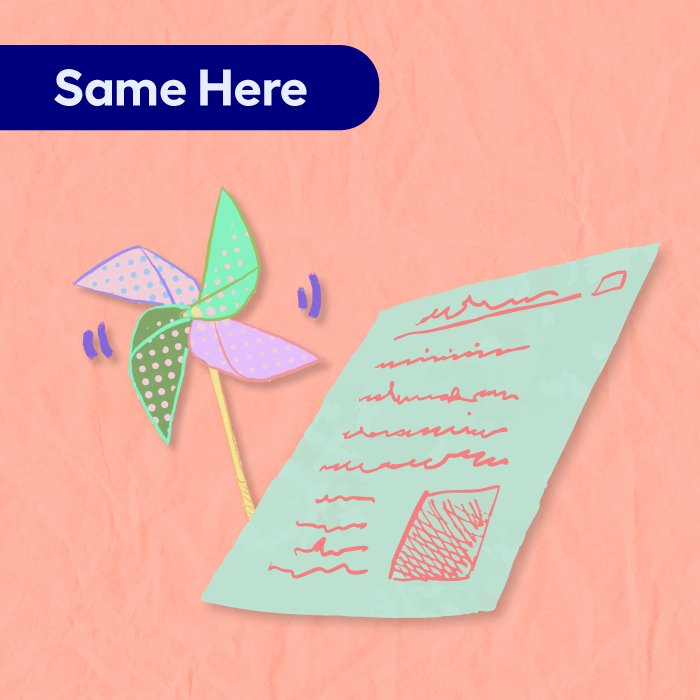
Same Here
Play a game where everyone has to find something they have in common with you. Write some facts about yourself on the whiteboard or pass out a “Teacher Fact Sheet” where students can choose one trait they share with you, then use that as a journal prompt or a group graphing exercise.
Who Do You Think I Am
Students can share or write things that they guess about you on the whiteboard, and you can give prizes for correct (or most creative!) guesses — “Has a dog”, “Loves to travel,” “Competitive hot-dog-eater.”
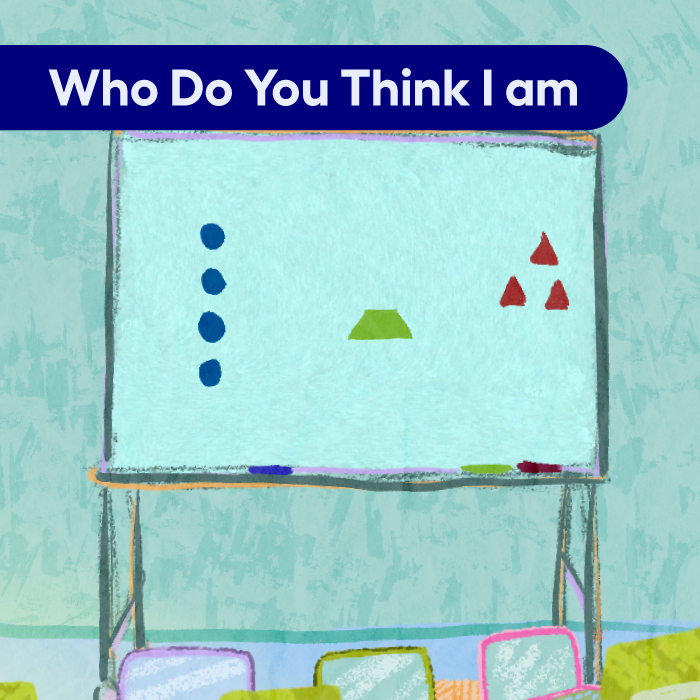
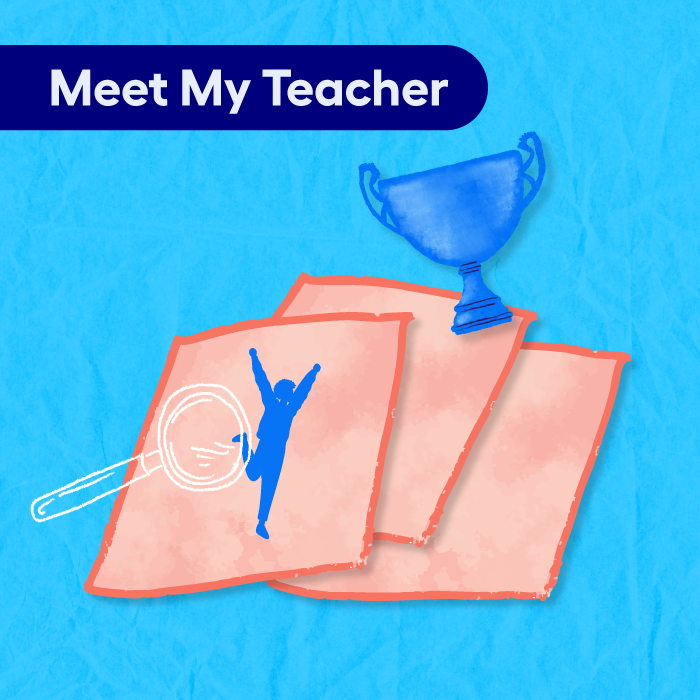
Meet My Teacher (younger students)
Pass out “human body silhouette” coloring pages and share facts about yourself while students color and annotate their page to show their families. This will help students remember things to share at home after an overwhelming first week at school.
Breaking News (older students)
New to your school this year? Have students flex their journalism skills by writing a column on “the new teacher in town” for the school newspaper (real or fictional). Allow the class to interview you and then assign small groups to create a mock newspaper front page for their story.
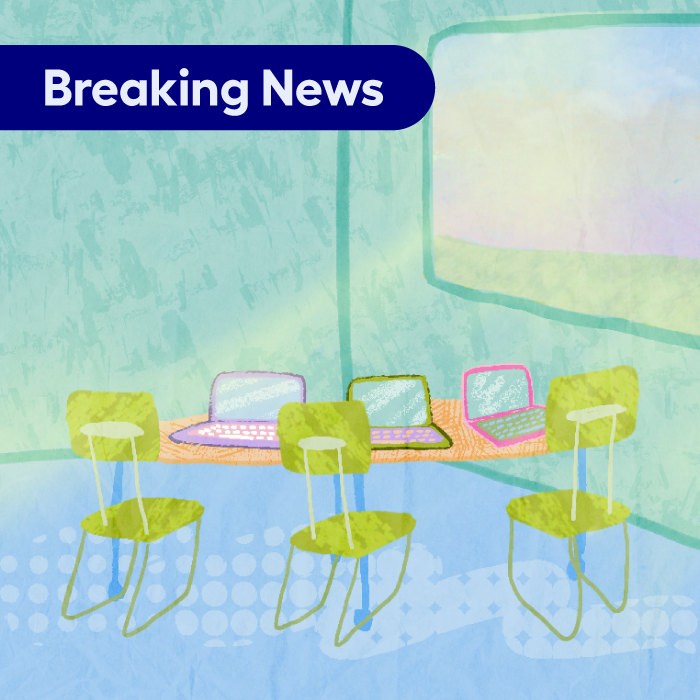
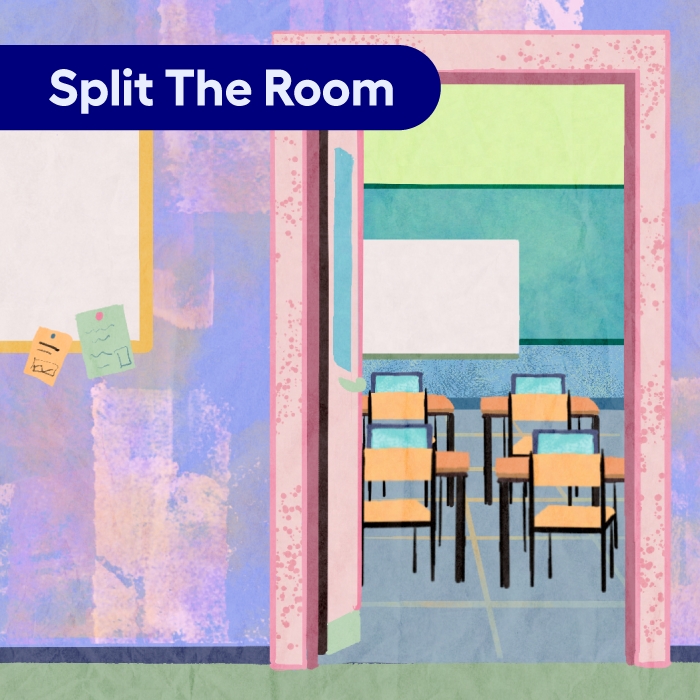
Split The Room
Using facts about yourself for each round, gather everyone into the middle of the room, and for each round, students either move to the room’s left or the right as applicable. (Example: “I’m an only child. If you’re an only child, move to the left. If you have siblings, move to the right.”) Encourage students to keep up with how often they were on your side of the room or if they frequently shared a side with a particular peer or two. Discuss how similarities foster connection, and differences foster opportunities for exploration.
Flashback
Share a photo of yourself at your students’ age, along with pop culture and personality features from that time. For example, “My favorite movie when I was your age was Toy Story, my favorite drink was Sunny D, and I loved having glow-in-the-dark shoelaces.” Then, pass out a list of similar questions and have students complete their own worksheet to reciprocate the connection. Being reminded that your teacher was once a regular kid like you (even if it was, like, 100 years ago) is always a fun experience for a student.

Whatever you decide to do, remember that the best thing you can give your students is simply your time and attention. They might not remember everything you teach them this year, but they’ll remember your intentional presence and how you valued them as individuals enough to connect with them.
As you plant the seeds that will grow into meaningful relationships, know that we’re right there with you as part of your community, toolkit, and team. Whether it’s on-demand PD, in-product implementation support, or just having a real person ready to answer a question, our goal is the same as yours: make this year better for your students.
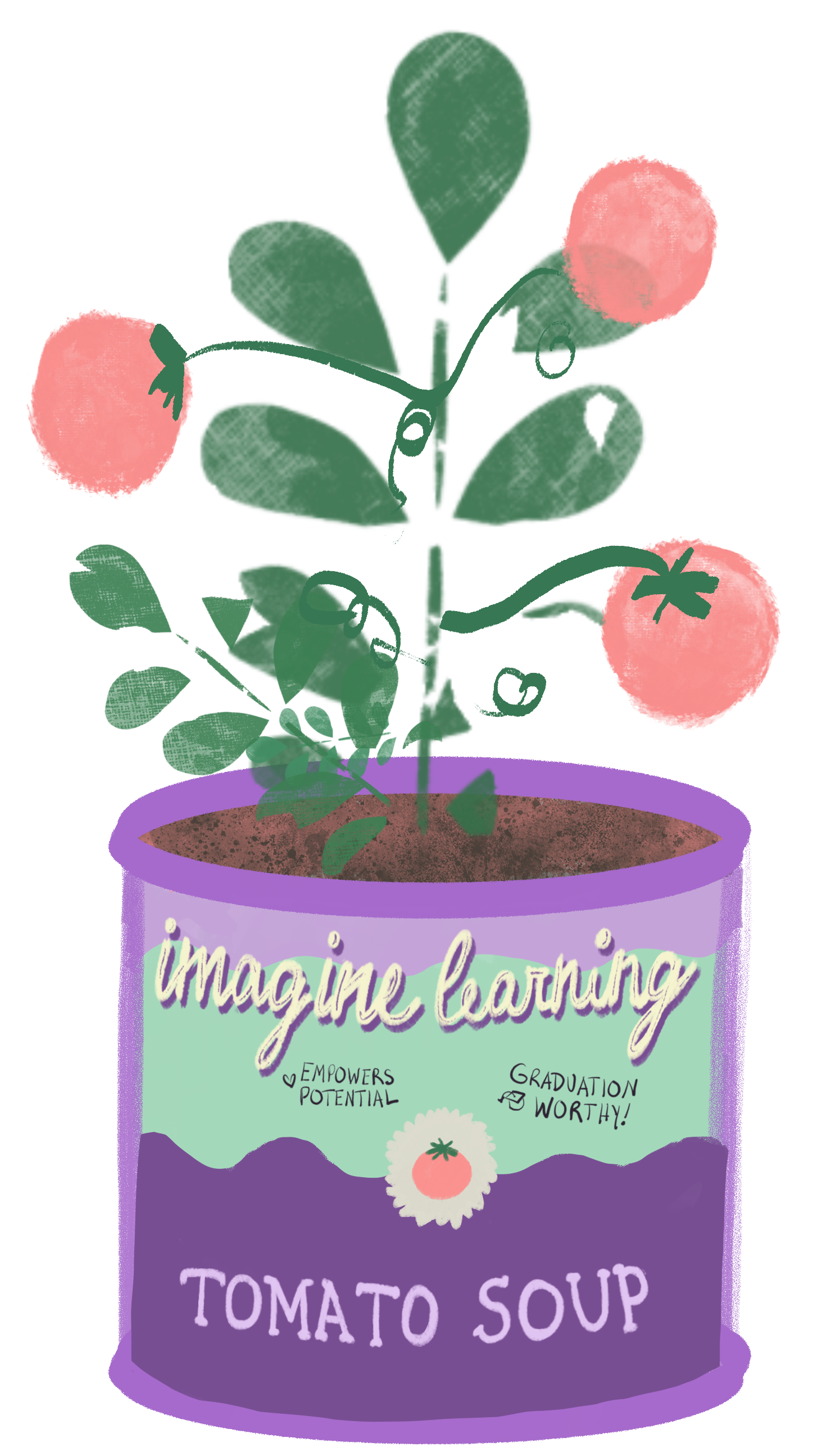
About the Authors: Mary Lou McCaslin & Kallie Markle
Mary Lou McCaslin is a former English teacher based near Memphis, Tennessee where she lives with her husband and three kids. In her free time, she enjoys listening to podcasts, snuggling her dog, Lilo, and scrolling Pinterest for the next perfect arts and crafts project to spend her money on.
Kallie Markle writes from Northern California, where she also attempts to learn the piano, raise two teenagers, and read a lot of British spy novels.

